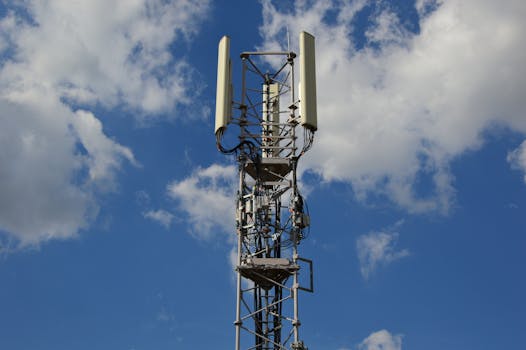
GEO Satellites: Understanding the Technology and Its Applications
GEO satellites, or Geostationary Earth Orbit satellites, are a type of satellite that orbits the Earth at an altitude of approximately 36,000 kilometers above the equator. At this altitude, the satellite’s orbital period matches the Earth’s rotational period, allowing it to remain stationary in the sky relative to a fixed point on the Earth’s surface. GEO satellites have been widely used for various applications, including telecommunications, weather forecasting, and navigation.
The first GEO satellite was launched in 1963, and since then, hundreds of GEO satellites have been launched into orbit. These satellites have played a crucial role in modern telecommunications, providing a wide range of services including television broadcasting, internet connectivity, and mobile communications. GEO satellites are particularly useful for providing broadband internet access to remote and underserved areas, where traditional terrestrial infrastructure is lacking.
How GEO Satellites Work
GEO satellites work by transmitting and receiving signals to and from Earth stations. The satellite receives signals from the Earth station, amplifies them, and then re-transmits them back to Earth, where they are received by other Earth stations. This allows for communication between different parts of the world, regardless of the distance between them. GEO satellites use a variety of frequencies, including C-band, Ku-band, and Ka-band, to transmit and receive signals.
The signals transmitted by GEO satellites are received by large antennas, known as Earth stations, which are typically located on the ground. These Earth stations are equipped with receivers and transmitters that allow them to communicate with the satellite. The signals are then transmitted to their final destination, where they are received by users.
Applications of GEO Satellites
GEO satellites have a wide range of applications, including telecommunications, weather forecasting, and navigation. In telecommunications, GEO satellites are used to provide broadband internet access, television broadcasting, and mobile communications. They are particularly useful for providing services to remote and underserved areas, where traditional terrestrial infrastructure is lacking.
In weather forecasting, GEO satellites are used to monitor weather patterns and provide early warnings for severe weather events. They are equipped with sensors that can detect changes in the atmosphere, allowing meteorologists to predict weather patterns and issue warnings to the public.
In navigation, GEO satellites are used to provide location information and timing signals. They are used in a variety of applications, including aviation, maritime, and land transportation. GEO satellites are also used in search and rescue operations, where they can provide location information and communicate with emergency responders.
Benefits and Challenges of GEO Satellites
GEO satellites have several benefits, including their ability to provide global coverage, high bandwidth, and reliability. They are particularly useful for providing services to remote and underserved areas, where traditional terrestrial infrastructure is lacking. Additionally, GEO satellites can provide backup services in the event of a disaster or outage, ensuring that critical communications are maintained.
However, GEO satellites also have several challenges, including the high cost of launching and maintaining them. They are also subject to interference from other satellites and terrestrial systems, which can affect their performance. Additionally, the increasing number of satellites in orbit is creating concerns about space debris and the potential for collisions.
Despite these challenges, GEO satellites continue to play a crucial role in modern telecommunications. They provide a wide range of services, including broadband internet access, television broadcasting, and mobile communications. As technology continues to evolve, it is likely that GEO satellites will remain an essential part of the global telecommunications infrastructure.



